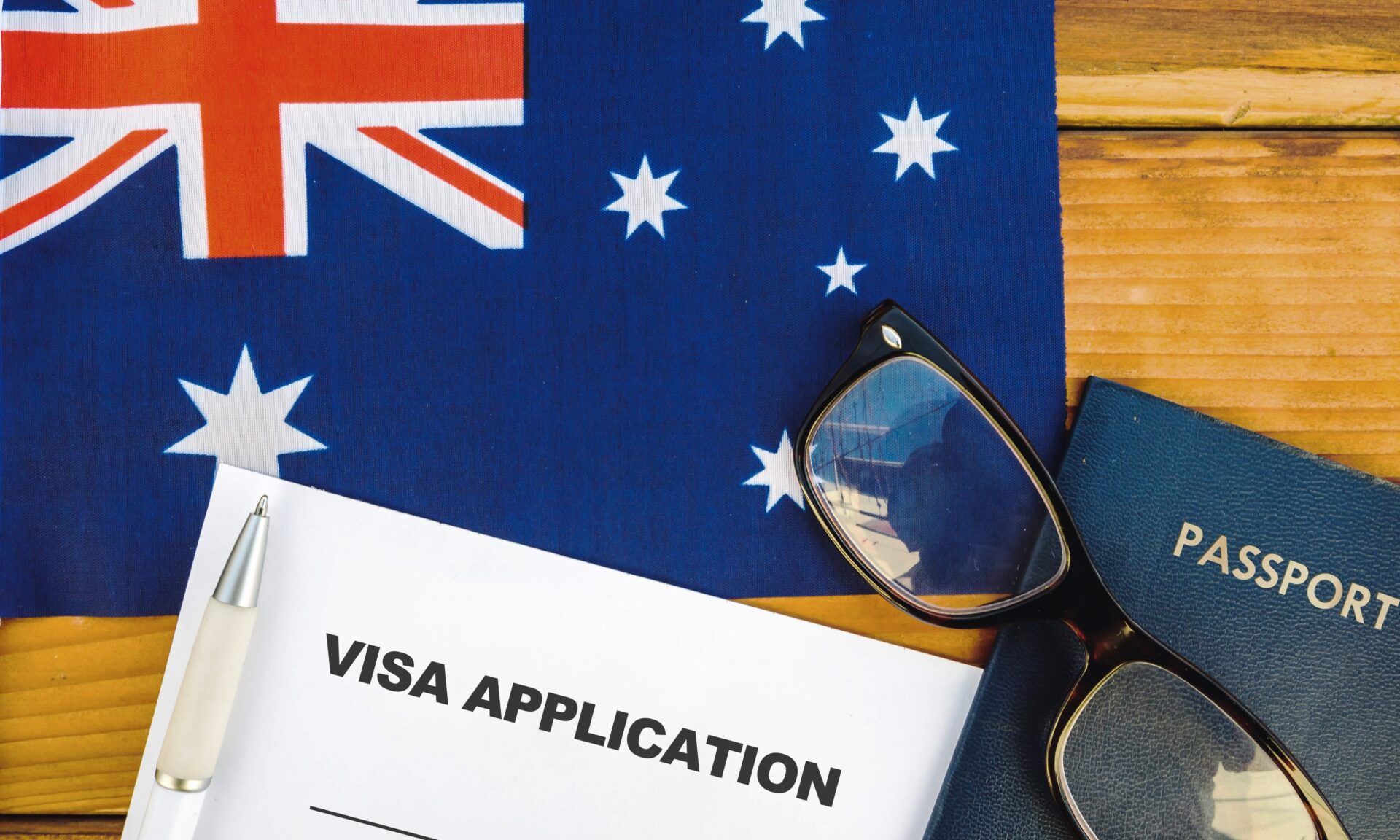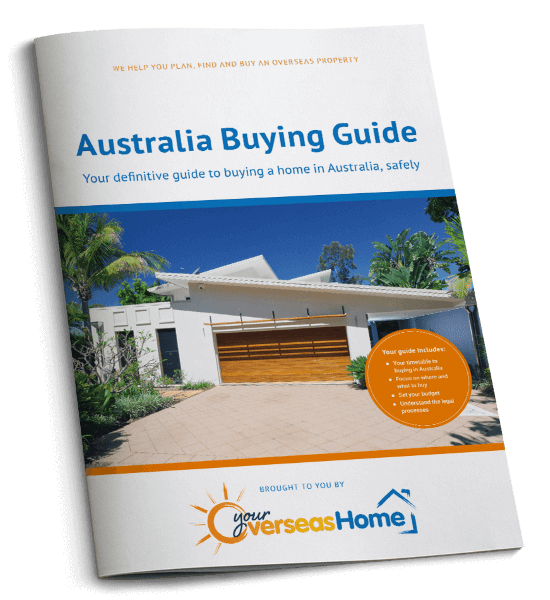Working holiday visas are a popular – and fun – way for expats below a certain age to sample the famous Australian lifestyle! New rules kicked in this month, making them even more accessible – we take a closer look and suggest alternative options for those who don’t qualify.
A new trade agreement between the UK and Australia means that millions more Brits can now travel to Australia on a temporary visa and get work there for up to three years. This is thanks to an increase in the age limit from 30 to 35 (minimum age being 18) for British applicants for Australia’s Working Holiday Maker (WHM) program. The UK has reciprocated by increasing the eligibility age for Australians for its Youth Mobility Scheme to 35 years, as well as raising the permitted duration to three years from two, applicable from 1st January 2024.
According to Tourism Australia, around 35,000 British passport holders enter the country on WHM visas each year. This number is expected to rise now, as is the number of applicants who fall in love with the lifestyle and follow the necessary pathway to remain down under on a more permanent basis!
WHM – the basics
So who is eligible for a WHM visa, also referred to as a Subclass 417 (if you are a UK citizen)? Under the updated rules, as of 1st July 2023 UK passport holders can apply for a WHM visa between the ages of 18 and 35 years inclusive. In fact, applicants have until midnight (Australian Eastern Standard Time) on the day before their 36th birthday to apply.
WHM visa holders can stay three years in Australia, without the need to gain full residency. Each 12-month period (not counting any ‘COVID-19 affected visas’) requires a separate visa and there is no obligation for them to run consecutively. UK passport holders can choose to apply for a first, second and third visa at any time while they still meet the eligible age requirement. Applicants can lodge applications for their second and third visas while in Australia or from another country (they’ll be in the UK when they apply initially).
The other important change to the WHM rules for UK citizens, which will be applicable in a year’s time, is the removal of the ‘specified work requirements’ rule. Currently, to be eligible for a second or third visa, all applicants must show that they have worked for three or six months in certain sectors, typically agricultural, forestry, mining, construction, flood and bushfire recovery, and tourism in remote regions. From 1st July 2023, this will no longer apply, giving British visa holders more flexibility in the how they fill their working time there.
Other requirements for a WHM visa include the usual ID and health checks, as well as proof of sufficient funds to support yourself in Australia, typically AUS$5,000. The application fee is AUS$635 for each 12-month visa.
Types of work
There are few restrictions on what work you can do, but the temporary nature of the WHM program lends itself to certain employment sectors, many of them seasonal. In fact, some employers offer fee rebates for your visa as an incentive to seek employment with them.
Jobs in tourism and hospitality are especially popular and include working in hotels, kitchens, bars, restaurants, backpacker lodges and other tourist-related amenities. You could be on reception or gardening, waiting on tables or driving minibuses – and anything in-between! Jobs in agriculture and farming, especially fruit picking and harvesting or working on cattle stations, are also favourites.
High-profile international sporting events usually suit WHM workers too. A good example is this summer’s FIFA Women’s World Cup, which Australia is hosting with New Zealand. Upcoming events with similar opportunities are the Commonwealth Games in Victoria in 2026, the Rugby World Cup (men’s) in 2027 and even the 2032 Olympic and Paralympic Games in Brisbane. Bear in mind preparation and planning – and with that the need for workers, starts years before these types of events take place. To search for WHM job opportunities, a good starting place is Tourism Australia’s official website, Australia.com. There you can search through leading agencies as well as by state.
Alternative visa options
For anyone over 35 and feeling hard done by, Australia offers a range of other visas, one of which could be your ticket to sampling the lifestyle down under without the need for permanent residency status. One option is the temporary activity visa (408), typically lasting between one and two years and requiring a contract in place and/or sponsor. This is applicable to different sectors, including entertainment, sports, research, religious work, approved special programs (such as youth exchanges, cultural enrichment or community programs and school language assistants) and even yachting.
There is also a range of temporary working visas for people with in-demand skills. The temporary skill shortage visa allows you to be sponsored to fill a position that an employer can’t fill with a suitably skilled Australian. The skilled regional (provisional) visa is for skilled workers who want to live and work in regional Australia – and can lead to a permanent visa. The short-stay specialist visa is aimed at people with specialised skills, knowledge or experience that is not generally available in Australia. If earning isn’t a priority, why not consider a training visa, which allows you to participate in workplace-based occupational training activities within you field of work. There are opportunities out there, you just have to find them!











